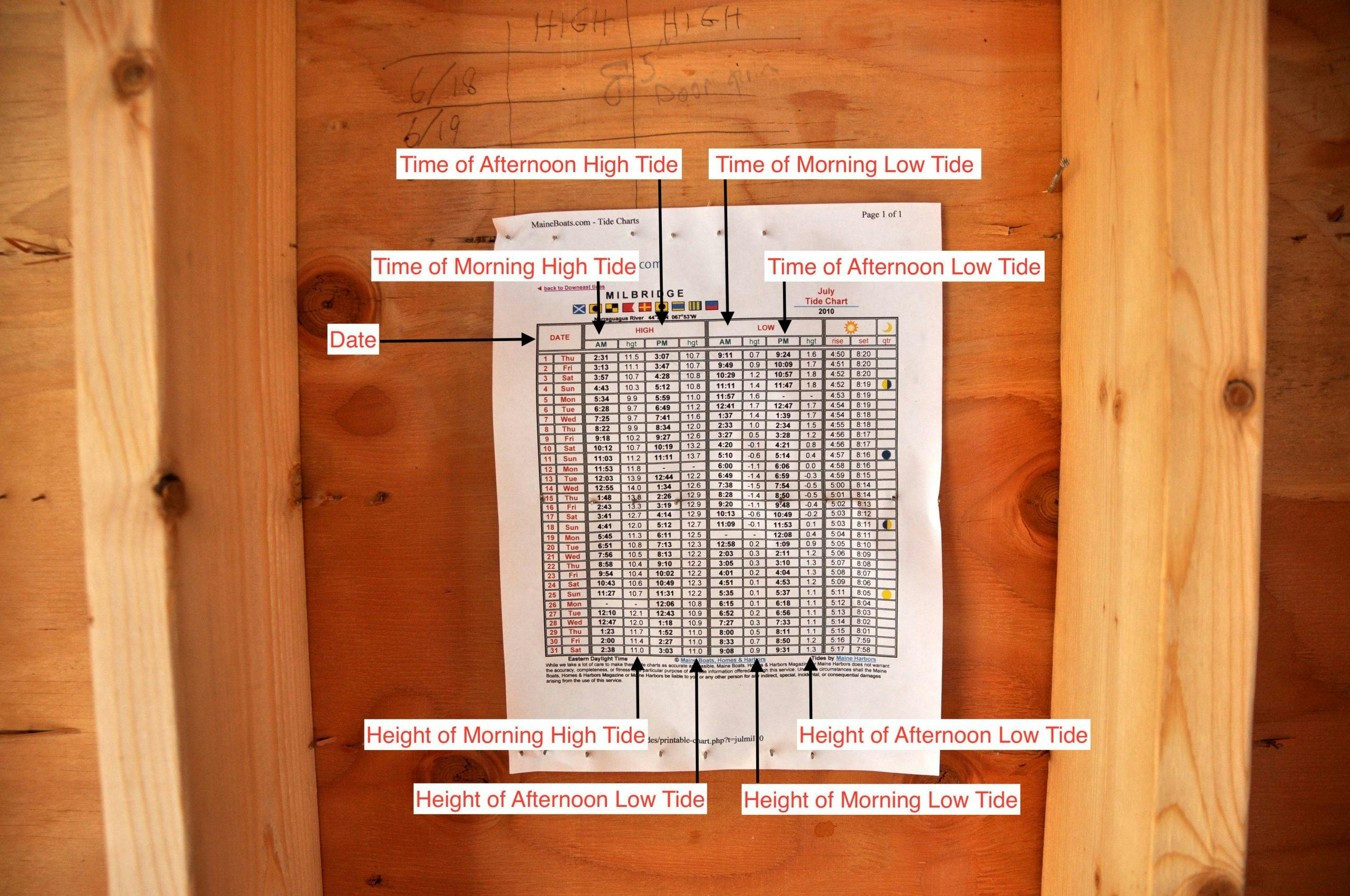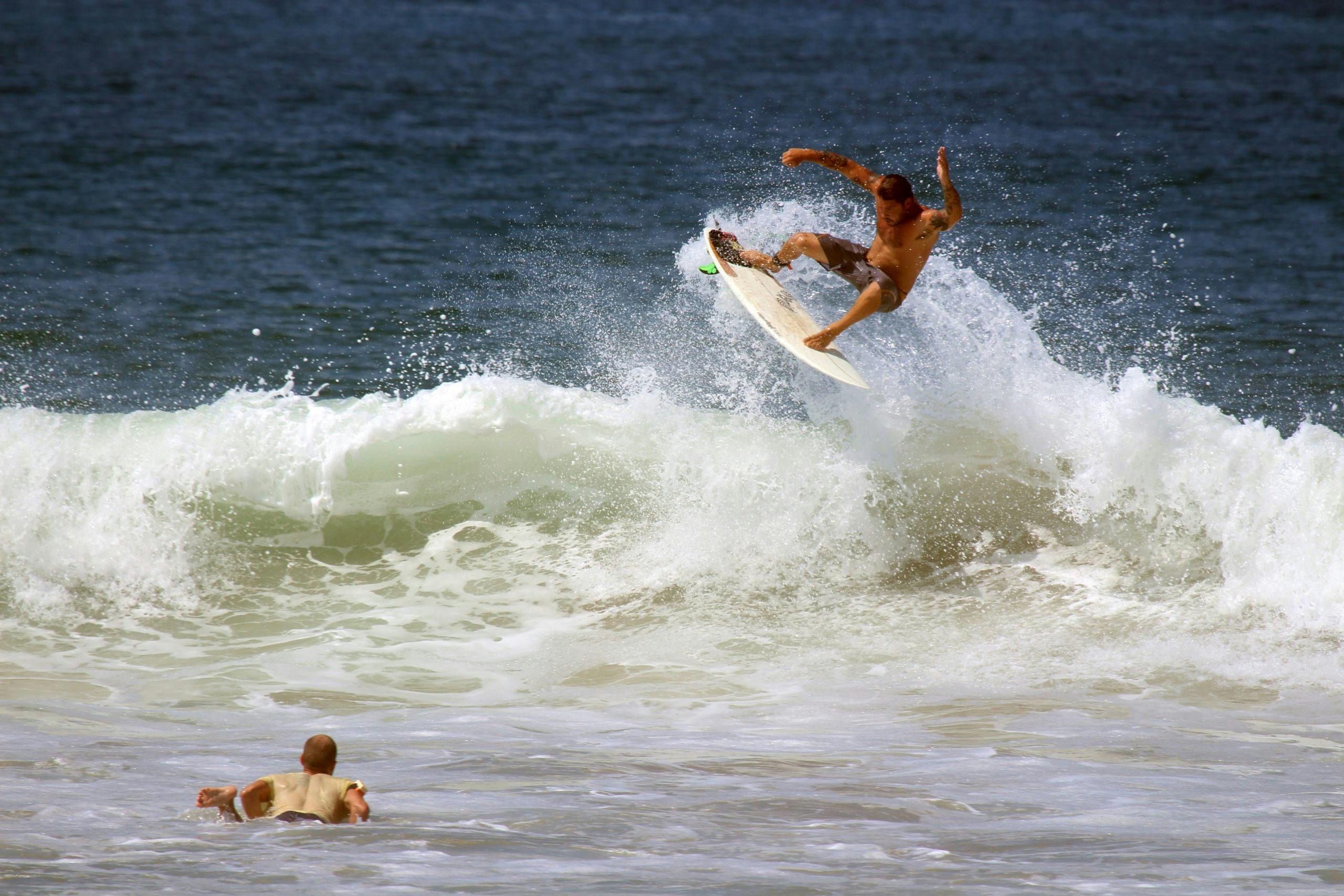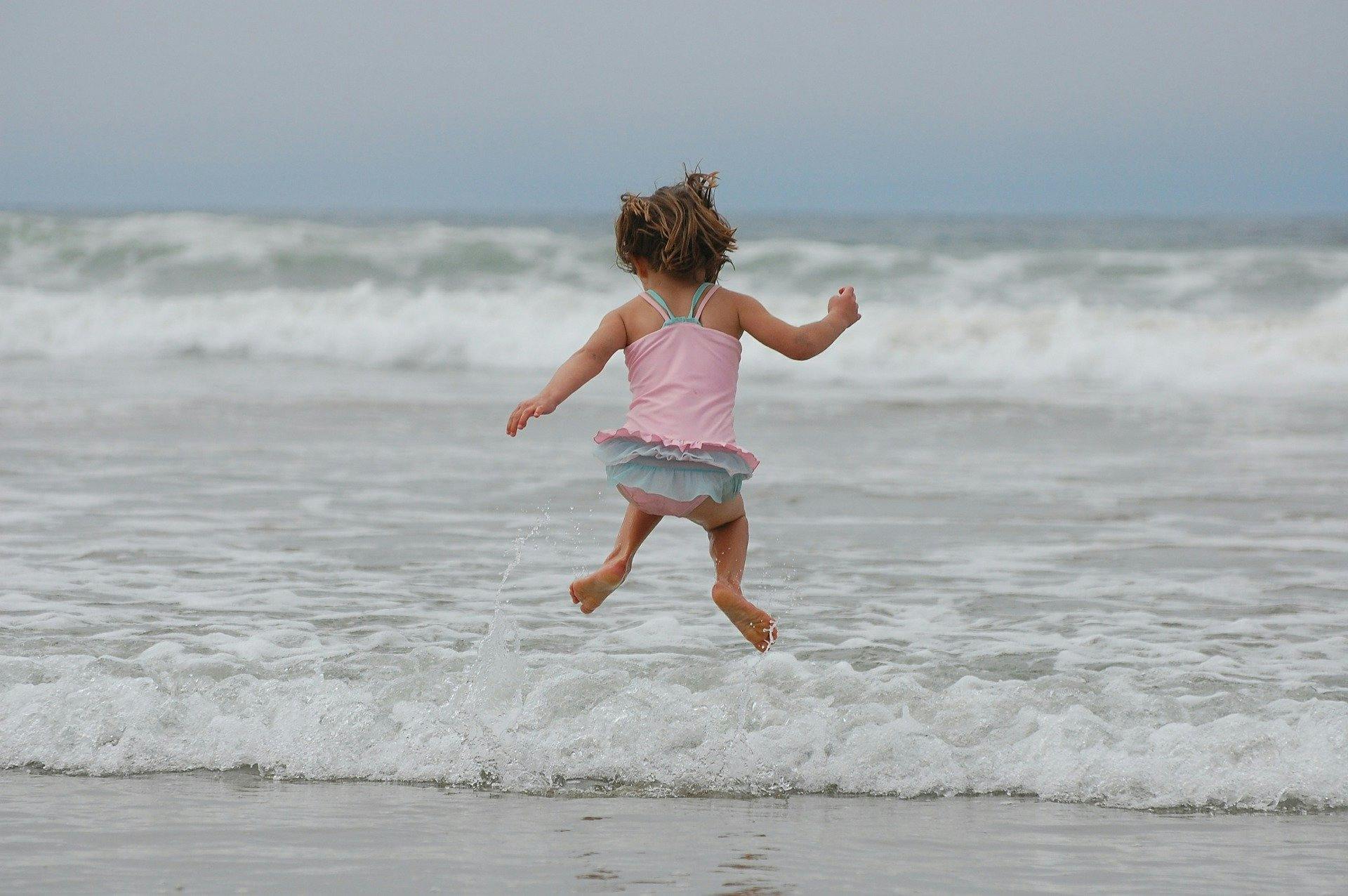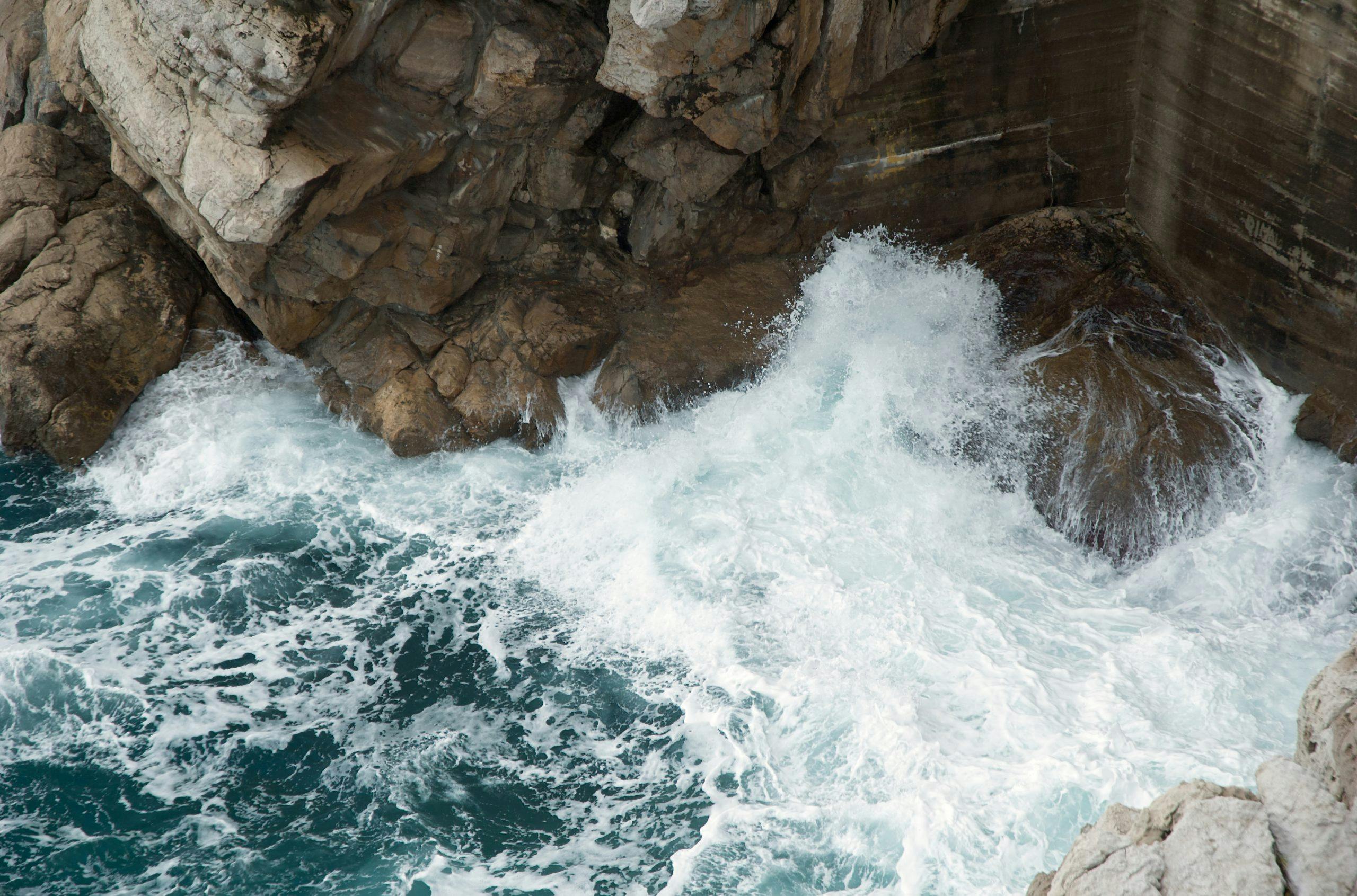Have you ever suffered from the utter devastation of watching the merciless ocean creeping forward to consume your half-finished sandcastle? Have you ever eagerly arrived at the beach, surfboard under arm, only to find wimpy waves or perilously exposed rocks?
If you have endured such hardships at the hands of the ever changing tide, allow me to introduce you to your new best friend, the tide table.
What is a tide table?
This handy tool outlines the dates, times, and tide predictions for an area. Tide tables are useful for determining when tide changes will happen on a certain day or for finding the best tidal conditions for your favourite water activity. Tide tables can also keep you safe by making sure that you don’t get stranded during a walk along the shore when the tide comes in.
Knowing how to interpret the data on a tide table is helpful for anyone who ventures to the water. Swimmers, surfers, anglers, beachcombers, boaters, and many others will benefit from learning to read a tide table.

How to read a tide table
Although the format and appearance of tide tables may differ, most will include the same three basic pieces of information: date, time, and tide height, organized in a grid-like structure.
Step 1: Know what you’re looking for
There are two main ways you can find information on a tide table. You can either look for the date and time you’d like to know the tides for, or you can look for the type of tide you want (or do not want) to encounter when you get to the beach.
For instance, if you want to go swimming on Saturday afternoon, you can find out when the high and low tides will happen on that day and time. Alternatively, if you want to go surfing but don’t have a specific day in mind, then you can find out when there will be good tide conditions for surfing in the near future and choose a day and time that works for you.

Step 2: Understanding chart datum
An important part of reading a tide table is fathoming–pun intended–chart datum. It’s a key concept in reading a tide table, because it’s the figure that tidal heights are measured against. Fear not, it isn’t as complex as it sounds!
Put simply, chart datum is the average of high and low tides. Tide charts note the depth of the water at a given time, then add it to the Chart Datum to create this average of tide heights. The heights you will find on a tide table are the measures of the water above or below the chart datum, which is usually the lowest average tide. The tide will seldom fall further than this point.
Step 3: Noting the tides and times
Find out what time high tide and low tide will occur and observe the difference in height between the two. The height will be in meters (m) or feet (ft).
The high tide value will be the greater number of the two, and it will tell you how high the tide will be above the chart datum at its highest point. Sometimes, the high tide will have a plus sign (+) in front of it.
The low tide value will indicate how low the tide will be below the chart datum at its lowest point. To determine the low tide, look for the smaller, or sometimes even negative (-), number.
The time may be stated in military time. If it isn’t, make sure you’ve discerned whether a tide is in the morning or in the evening to avoid unwanted surprises!

Other information you may find on a tide table
Some tide tables will supply additional data, such as the interval of the waves or the direction of a swell. This information is particularly valuable to swimmers and surfers.
The wave interval tells you, on average, how many seconds pass between each wave. This is calculated by measuring how long it takes waves to hit a specific marker, usually a buoy.
Swell direction lets you know what angle waves will approach from. Swell direction is marked on a tide table with a letter. For example, ‘W’ means that waves will come from the west.
Things to keep in mind when you read a tide table
Tides change daily, so make sure that you’re using an up-to-date tide table. Tides can also differ greatly among sites that are very near one another, so ensure that your tide table is as area-specific as possible.
Finally, tide predictions are just that… predictions! Aside from the moon, sun, and gravity, other factors affect tides, such as local weather and wind patterns. Be aware that the tides on the beach may not follow the tide table perfectly, and always exercise caution in or by the water.

Armed with your new knowledge about tide tables, you’re ready to face the water without worry. Never again will your sandy creation be thwarted by unanticipated tides!

